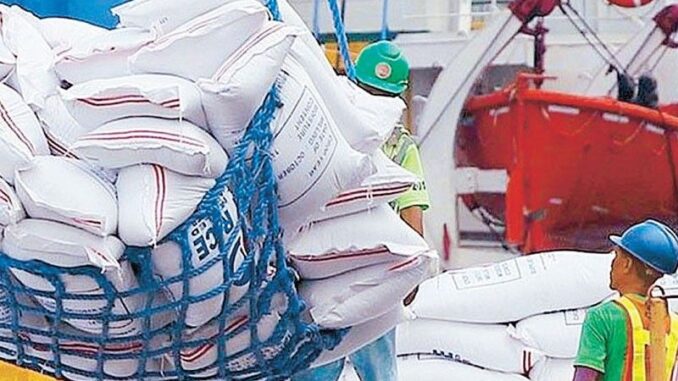
MANILA, Philippines — The scrapping of India’s minimum export price (MEP) on its non-Basmati white rice bodes well for the Philippines as it would further boost global grain supply and could lead to lower retail prices of the commodity, the Department of Agriculture (DA) said.
“If India removed it, it would be a sign that world rice prices would drop. If world prices go down, then our rice prices will also decline,” Agriculture Secretary Francisco Tiu Laurel Jr. told The STAR.
Philippine Chamber of Agriculture and Food Inc. president Danilo Fausto said removing the MEP would make Indian non-basmati white rice more competitive against other exporting countries. Fausto pointed out this could influence prevailing global rice prices, resulting in the softening of export prices from other countries.
“It will have an effect on the imported price of rice, which is seen to be much lower than other countries. Thus, it will bring down world rice prices, ultimately benefiting our domestic consumers,” he told The STAR.
India scrapped the MEP for its non-Basmati white rice recently, which international reports noted would allow Indian rice to compete better in the world rice market, especially against its Pakistani counterpart.
India set a $490 per metric ton MEP on all non-Basmati rice exports after it resumed shipments to the world market in late September.
Despite the presence of a MEP, pundits previously noted that the prevailing Indian non-Basmati rice prices were relatively lower than the prevailing prices from Vietnam and Thailand.
Earlier this month, Thai white rice five percent broken – a long grain category of white rice – fell by 11 percent soon after the return of Indian non-Basmati white rice to the export market.
Experts and industry players earlier pointed out that India could serve as a viable source of imported rice for the country because of its competitive prices.
“Considering that it is cheaper compared to Vietnam and Thailand, it can be an option for additional rice supply and import diversification,” University of Asia and Pacific Center for Food and Agribusiness executive director Marie Annette Dacul said.
Government data showed that the country’s rice imports from India remained at 22,039 metric tons, almost a month after the South Asian country resumed exporting non-Basmati rice.


Be the first to comment